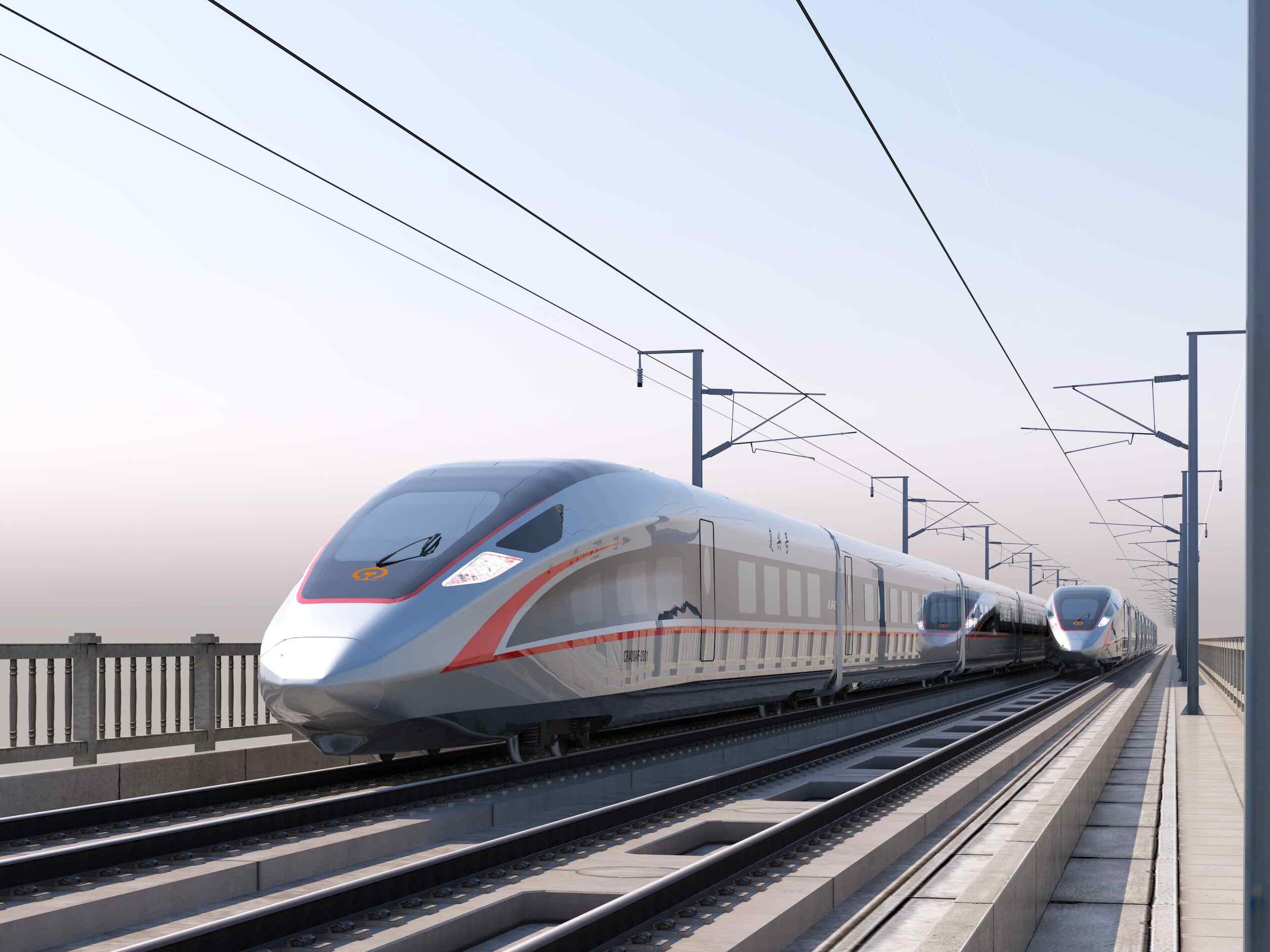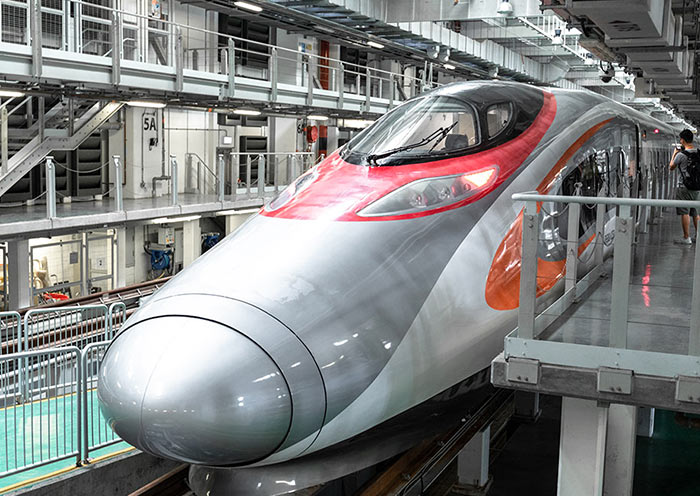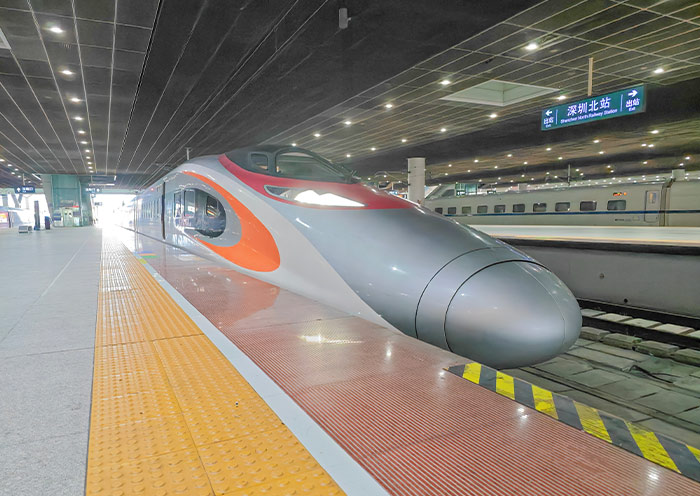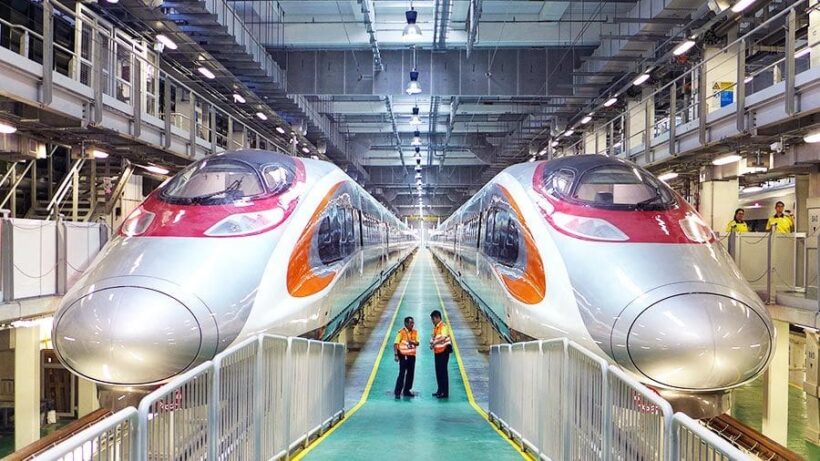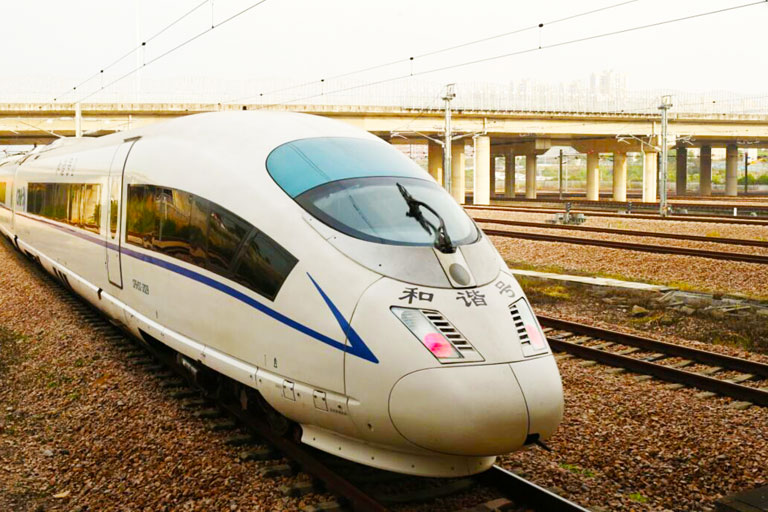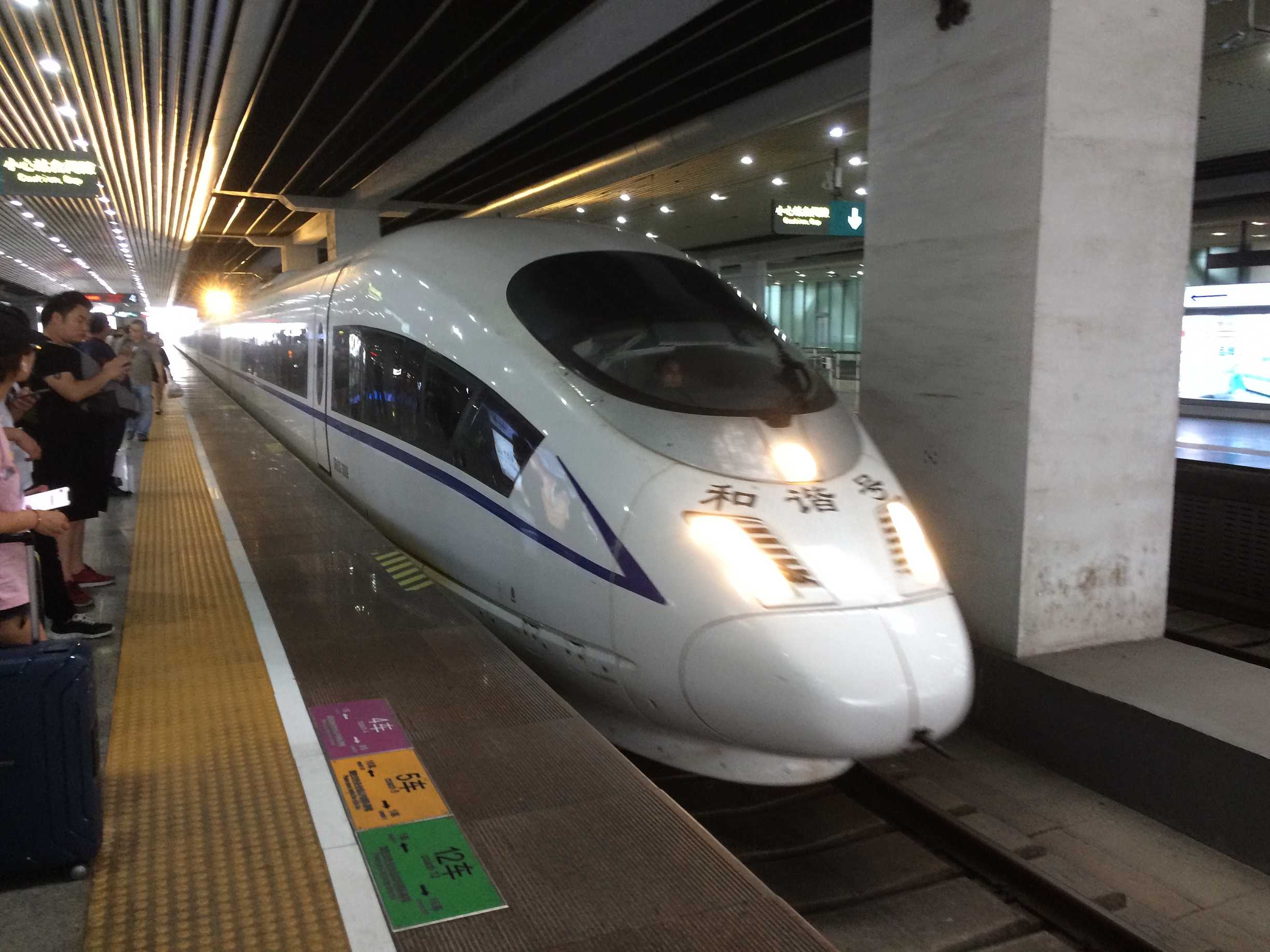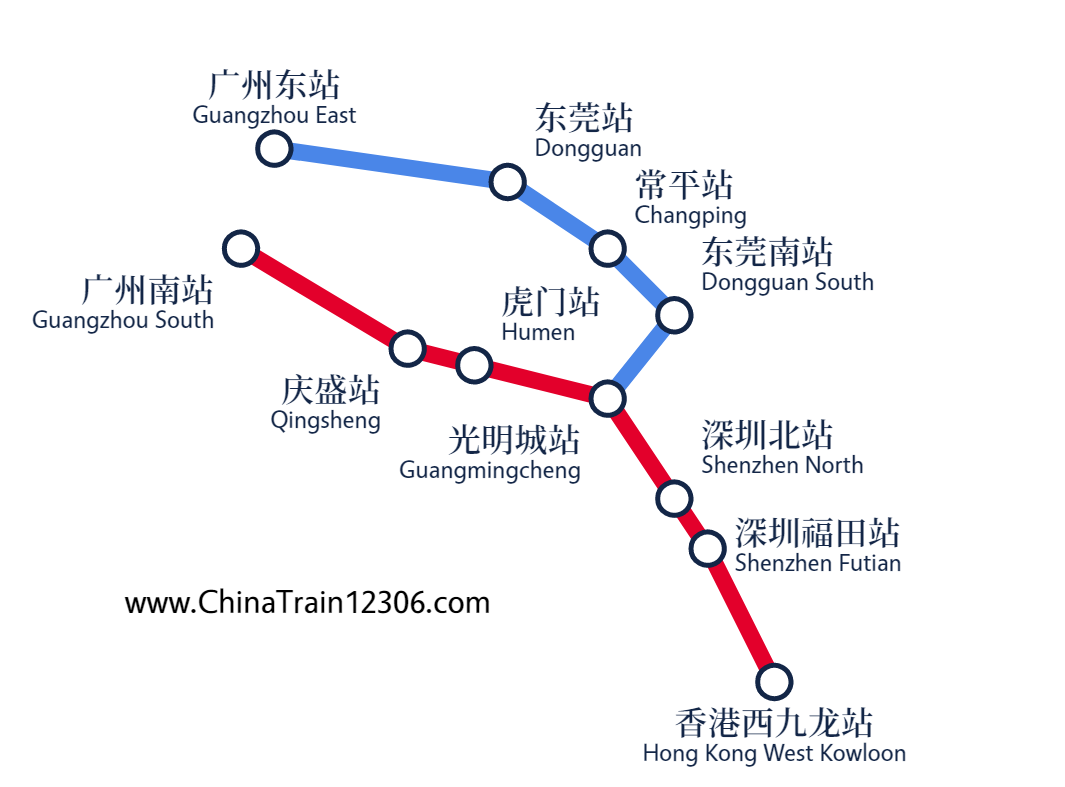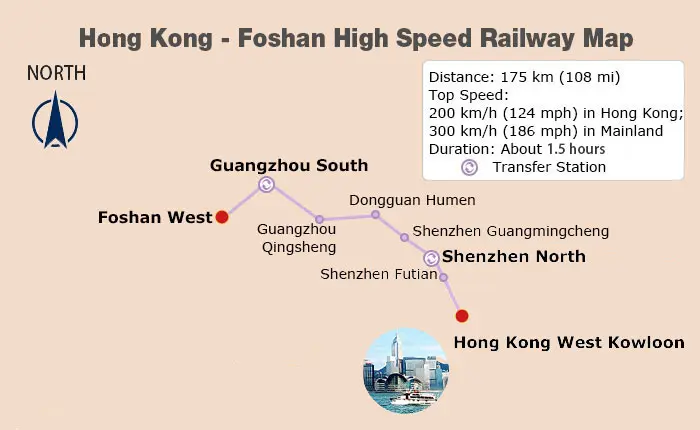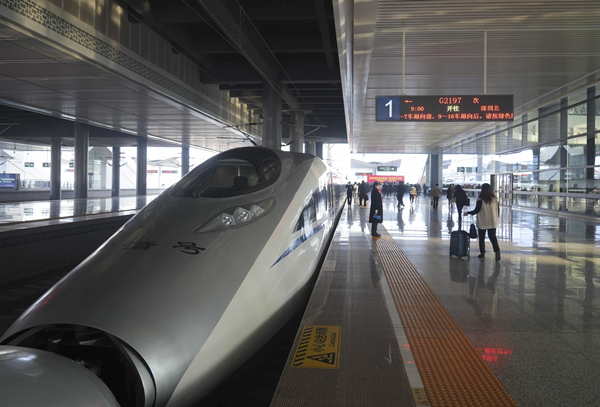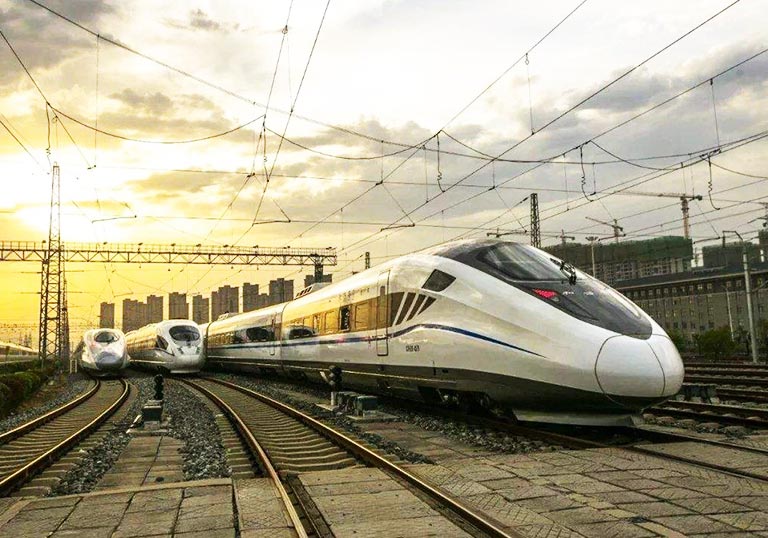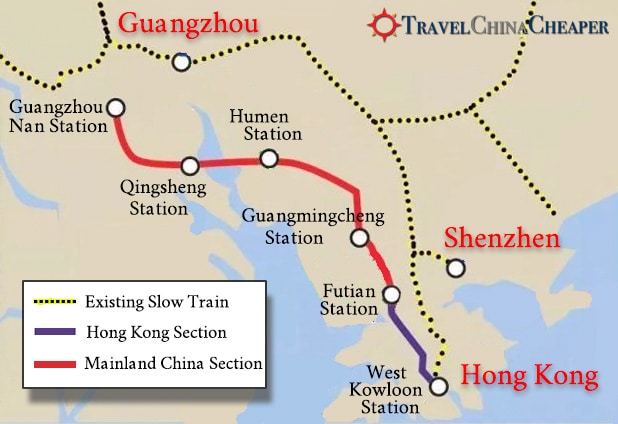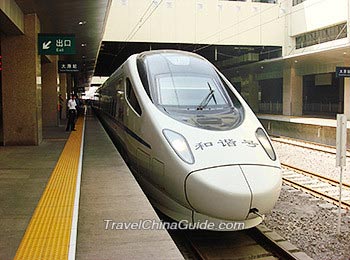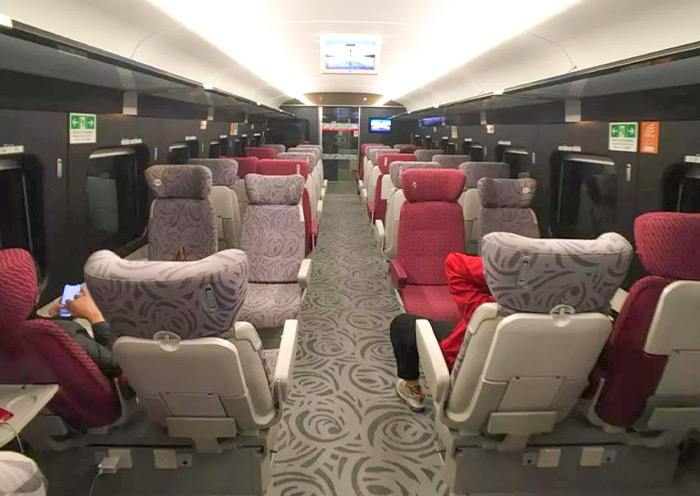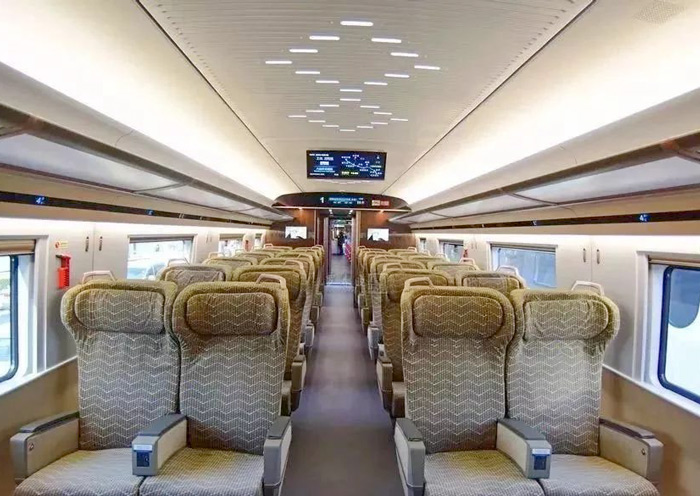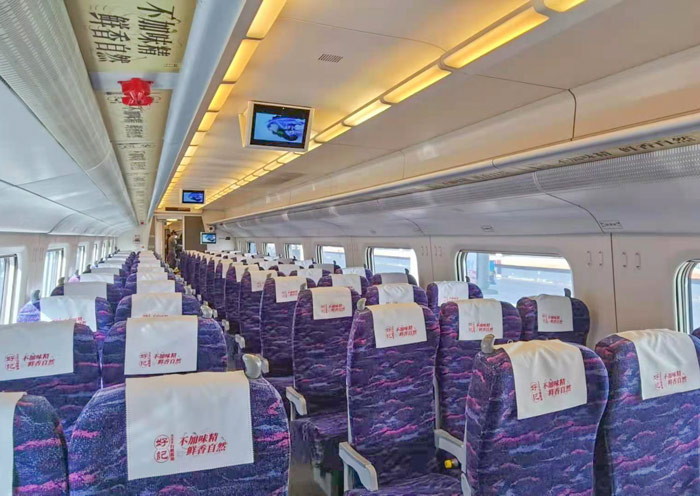High Speed Train From Shenzhen To Foshan
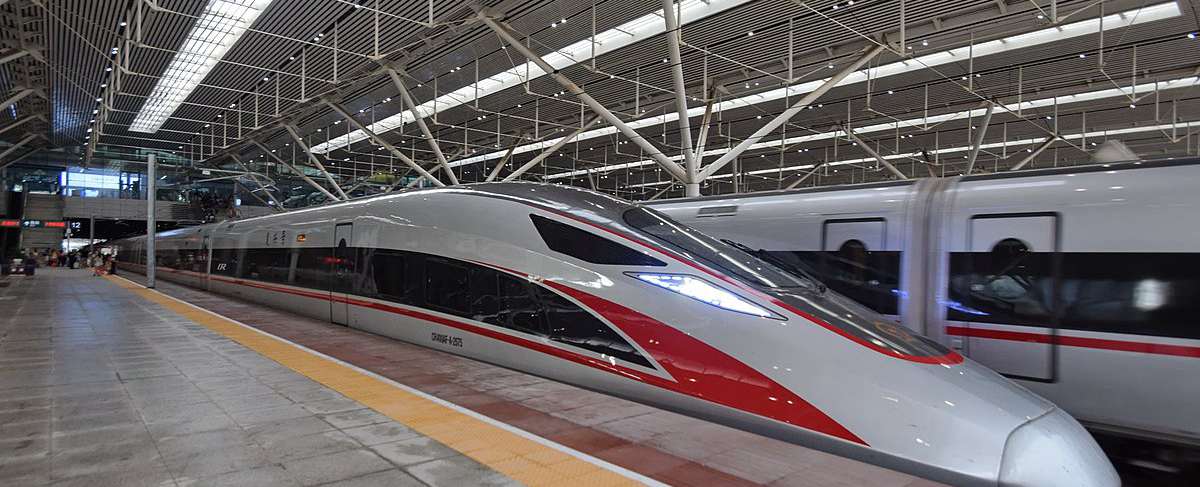
The Pearl River Delta continues its relentless pursuit of seamless integration, and the recent proposal for a high-speed rail link connecting Shenzhen and Foshan stands as a testament to this ambition. This ambitious project promises to dramatically reshape commutes, fuel economic growth, and further solidify the region's position as a global economic powerhouse.
At its core, this proposed high-speed line represents more than just a transportation upgrade. It’s a strategic move aimed at boosting regional connectivity, reducing travel times, and fostering collaboration between two major economic hubs. The line seeks to shorten the journey between the bustling technology center of Shenzhen and the manufacturing heartland of Foshan, unlocking significant potential for businesses and residents alike.
Project Details and Potential Impact
While specific details regarding the route, station locations, and completion timelines are still under development, preliminary plans suggest a dedicated high-speed line capable of operating at speeds of up to 350 kilometers per hour. This could potentially reduce travel time between the two cities to under an hour, a significant improvement over current options.
The economic implications are substantial. Quicker transport of goods and people between Shenzhen's technology sector and Foshan's manufacturing base can lead to more efficient supply chains. Increased business cooperation and cross-city investment is expected to follow.
For commuters, the high-speed rail offers a viable alternative to existing modes of transportation. This would also alleviate pressure on roadways and contribute to a more sustainable transportation ecosystem, according to sources at the Guangdong Provincial Development and Reform Commission.
Voices from the Ground
“This high-speed rail is a game-changer for our company,” said Mr. Li, CEO of a Shenzhen-based electronics firm with a factory in Foshan. “Reduced travel time means we can have more frequent and efficient oversight of our operations in Foshan.”
However, some residents have expressed concerns about the potential disruption during construction and the impact on local communities. Ensuring minimal environmental impact and fair compensation for affected residents are crucial considerations for the project's success.
“We need to make sure that the benefits of this project are shared by everyone, not just big businesses,” stated a community leader from Nanhai district in Foshan. This sentiment underscores the importance of inclusive planning and community engagement.
Challenges and Considerations
The construction of a high-speed rail line of this magnitude presents numerous engineering challenges. Navigating densely populated urban areas, dealing with complex geological conditions, and minimizing disruption to existing infrastructure require careful planning and execution.
Funding remains a key factor. The project will likely involve a combination of government investment, private sector participation, and potentially public-private partnerships. Securing adequate funding and ensuring cost-effectiveness are essential for the project's viability.
Coordination between different government agencies and stakeholders is also crucial. Streamlining the approval process and ensuring effective communication are necessary to avoid delays and ensure the project stays on track.
Looking Ahead
The proposed Shenzhen-Foshan high-speed rail line represents a significant investment in the future of the Pearl River Delta. Its success hinges on careful planning, effective execution, and a commitment to addressing the concerns of all stakeholders.
If realized, this project has the potential to be a model for regional integration and sustainable development. It could also inspire similar initiatives in other parts of China and the world.
The coming years will be crucial as detailed plans are finalized, construction begins, and the vision of a seamless connection between these two vital cities starts to take shape. This ambitious project promises to reshape the region’s economic landscape and improve the lives of millions.
